In 1981, Howard Schultz walked into a small Seattle coffee shop named Starbucks — and walked out with a vision.Cheap. Functional. Disposable.
At the time, Starbucks wasn’t a lifestyle.
It wasn’t global.
It didn’t even sell lattes.
But what Schultz saw went beyond beans and brews.
He had just returned from Italy, where espresso bars were more than caffeine stations.
They were cultural hubs — places where people gathered, talked, paused.
What if coffee could be more than a drink?
What if it could be an experience?
He came back with a dream:
When Schultz eventually took over Starbucks in the late 1980s, he didn’t just scale it.
He redefined it.
Starbucks wasn’t built to be the fastest or cheapest.
It was built to be familiar.
Warm lighting. Barista names. Handwritten cups.
Not a transaction — a ritual.
And behind every cappuccino was a quiet revolution in branding.
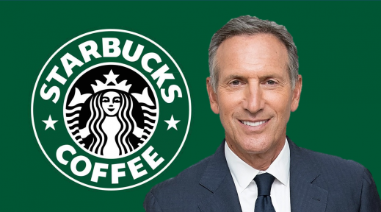
Schultz didn’t market coffee.
He marketed belonging.
He called it the “third place” — not home, not office, but a space where you could be.
WiFi came before most cafes thought about tech.
Global expansion came with local nuance.
Ethical sourcing, sustainability, and community involvement were more than talking points — they were strategy.
And yet, it wasn’t always smooth.
Baristas protested.
Shareholders doubted the premium model.
Fast food giants entered the coffee war.
But Schultz stayed anchored to purpose.
He didn’t just respond to competition.
He leaned harder into values.
After 9/11, Starbucks became a place of quiet solidarity.
During economic crises, Schultz turned part-timer benefits into a headline story.
Even amid polarizing conversations, he didn’t shy away — he leaned in, often sparking national dialogue.
Because for Schultz, coffee wasn’t the end product.
It was the entry point to community, conversation, and connection.
Starbucks scaled — not just because of what it sold —
but because of what it stood for.
Today, over 80 countries sip under the green mermaid.
And yet the promise remains unchanged:
Your name on a cup.
A pause in your day.
A place that feels yours.
Howard Schultz didn’t just brew coffee.
He brewed culture.
From espresso shots to global shifts,
From quiet corners to corner offices,
From caffeine to connection — one cup at a time.
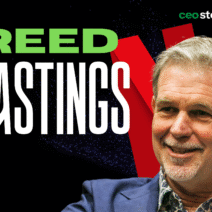


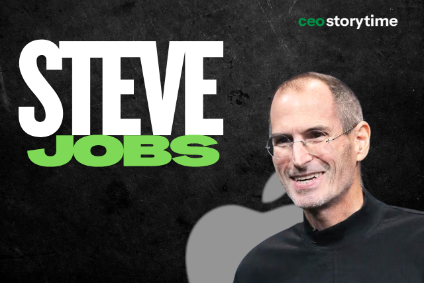
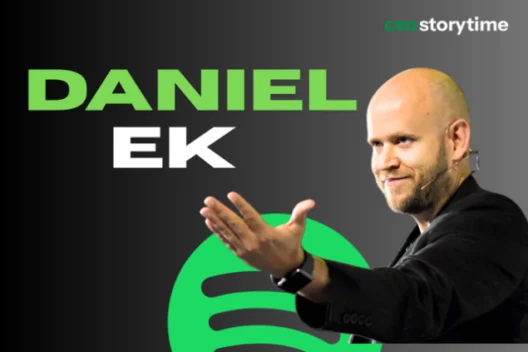
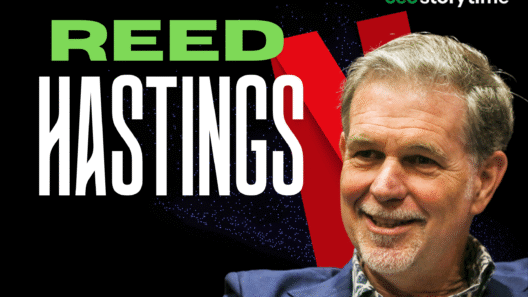
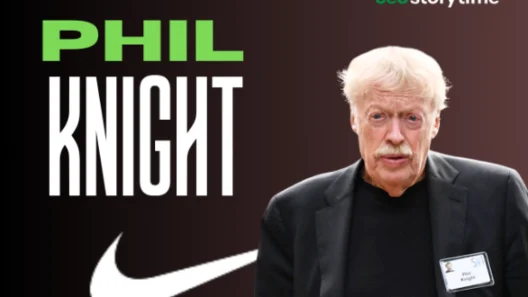
I like how real and thoughtful this post was. It made me reflect a bit too. Keep it up!
This was a great read — simple, honest, and well-written. Always nice to come across blogs like this.
Really appreciate that! I try to keep things real and easy to follow — thanks for reading!